UX Pathfinder
Future-proof your career
The world of technology is accelerating faster and faster. Artificial Intelligence is becoming prevalent in our world.
While there are many concerns that AI will replace many jobs, right now it looks like it will be mostly replacing jobs that require people doing repetitive tasks. At the moment it isn’t possible to replace creative thinking.
At the same time the demand for people who can solve problems with empathy and creativity is growing by the day. It was especially evident during the 2020 global pandemic, when digital design sector was less affected than web development, for example.
So if you’re interested in future-proofing your career, you’re in the right place!
Introducing UX Pathfinder
A new way to learn UX design and future-proof your career.
Even if... you don’t have background in design.
You may think that UX is a logical transition only if you come from background in graphic design. That's not true - UX is about solving problems, and we have many graduates who had no experience in visual design.
Even if... you’ve never worked in digital.
If you've never worked in digital industries, the prospect may seem daunting and complicated. But like most things in life, it's actually pretty straightforward. You will learn everything you need to know in order to land a job in digital.
Even if... you’re overwhelmed and don’t know where to start.
If you've googled UX and how to transition into it, you saw that the problem is not lack of information, but the sheet amount of it. Don't worry, we've distilled everything we've learned from helping 300+ designers successfully transition into a simple framework anyone can follow.

What makes this course different
Structure
This isn't a typical "90% theory and 10% practice" kind of course. Every topic covered gets practiced on your project, and you know exactly why it is important.
Support
You are not left alone to figure out how to create a case study, portfolio, resume, etc. You will have support every step of the way - even after the course os completed!
Results
Students get results - most are able to get involved into UX projects at their current workplace before the end of the course. Many land a full-time role within 10 weeks after graduating.
Alumni
Graduates landed jobs at:
What students say:



Enrolments for 2023 have been closed.
All the help and support you need
Live classes
Get guidance specific to your needs and past experience, not generic advice.
The UXP community
Get feedback and answers from your classmates and mentors.
Client
Practice your knowledge and skills by working with a real client.
Accelerated results
Go from no experience to 2 completed projects in 8 weeks.
Help with job hunting
Get the help you need after graduation to land your first job in UX.
The complete system
Everything you need to transition into UX within 6 months.
What you'll learn:
UX/Product Design Process
Design Strategy
Problem Statements
HMW statements
User Interviews
Jobs To Be Done (JTBD)
Interview Guide
Workshop Design
Problem Statements
Recruitment of research participants
Remote User Interviews
User Testing
Stakeholder Management
Competitor Analysis
Empathy Mapping
Personas
Interview Analysis
Affinity Mapping
Customer Journeys
User Flows
Ideation
User Stories
Wireframes & Wireflows
Prototyping
MVP Mapping
Information Architecture
Intuitive Design
UX Writing
Accessibility
Design Systems
Pre-requisites
Computer
It doesn't matter if you have a laptop or a desktop machine with several screens. But you will need a proper computer, as you won't be able to do the course via phone or tablet.
Web camera
SInce we will be practicing many soft skills, your classmates will need to be able to see you. Male sure that you have a working web camera.
Stable internet connection
Goes without saying, the better your connection is, the better your experience will be throughout the course.
Enrolments for 2023 have been closed.
Testimonials
Hear from real people like you, who have transformed their careers by taking the course.


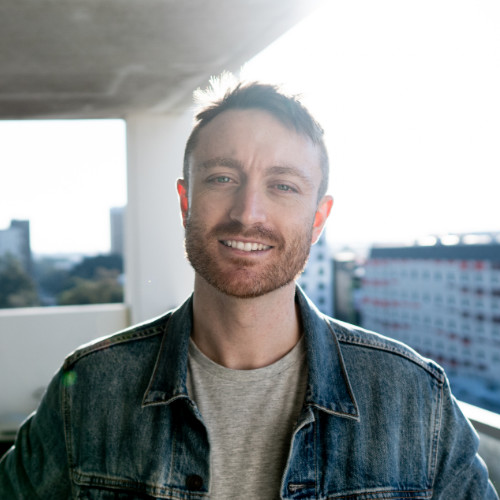
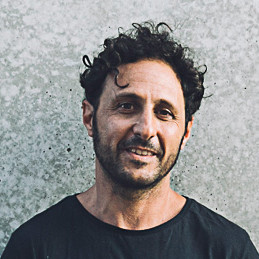

Some of past students' work:

Meet Valen
When Valen enrolled into the course, he was working in finance. He didn’t have design background, but didn’t let that stop him.
He worked hard and implemented what he learned in his existing role, and by the time he graduated his employer has put him in charge of a major Product Design project, which Valen has been focusing on.

Meet Ola
Ola had a background as a learning designer. He had no prior knowledge or experience in UX or Product design prior to taking the course.
After 8 weeks he had a completed case study and a great presentation for the final showcase. 4 weeks after graduation, he landed a full-time lead UX Design role.

Meet Michelle
Michelle had a career as a graphic designer before she took the UX Pathfinder course. She had no prior knowledge or experience of UX or Product design.
Three months after graduation she landed her dream job (and it was during the great hiring freeze of 2020). She is currently implementing her knowledge working with non for profit organisations and giving voice to communities that aren’t usually heard.

Meet Parisa
Parisa had a background as a nutritionist and had no knowledge or experience in UX or Product design prior to taking the course.
After 8 weeks she had a completed case study and a great presentation for the final showcase. 10 weeks after graduation, she landed a full-time UX Design role.

Meet your instructor
Vera is a UX & Product Design Lead currently working in mental health industry.
In addition to working full-time, she has created the first UX design course content in Australia in 2015, and the first UI design course in Australia in 2019. Both went on to serve as foundations and evolve into degrees at universities.
She has taught UX and UI design at Academy Xi, Sydney Community College as well as upskilled entire teams within organisations.
Her past experience spans local start-ups as well as global organisations.
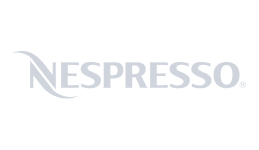
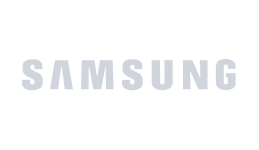
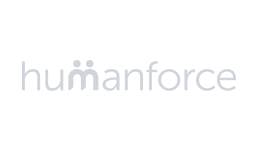
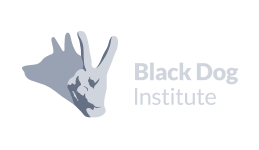
Enrolments for 2023 have been closed.
FAQ
Most frequent questions and answers
Each intake is different – times depend on whether it’s a weeknight course or a Saturdays course. Please check every intake for details.
Only 10 or less in each intake. We limit it to 10 people because otherwise the quality starts to deteriorate, and we’re all about the quality and results.
In 2020, 85% of graduates either landed a full-time UX job after graduation or were able to get involved into UX projects at their current place of work.
You should dedicate at least 6 hours per week to do homework and study outside of class.
But you will get much better results if you dedicate 10+ hours a week.
No, you don’t. If you do, it will make some aspects of the material we cover easier, but it’s not a pre-requisite.
UX design is not the same as UI and graphic design. UI is visual, and focuses on how things look. UX is structural, and focuses on how things work. In the course you will learn how to solve problems and create products, not visual design.
If you’re concerned with being at a disadvantage because you don’t have a background in visual design, check out presentations by past students above: Elisa had a background as a pastry chef, and Parisa had a background as a nutritionist. If you do the work in the course, you will be able to create a solution of the same visual quality.
Absolutely not. We are not doing any coding in the course, and you don’t need it to work as a UX or Product Designer.

This course has been one of the best investments I have made. Its boutique nature and the incredible amount of post course support are its greatest strengths.
The course content is relevant, up to date, informative, well organised, and a direct reflection of what Vera does at her day job as a UX Lead. The low-class numbers (mine had two total) meant we always had Vera’s full attention and no question went unanswered, related or otherwise. The content is well paced and is delivered in a way that tasks feel slightly outside of your comfort zone, but you always seem to be able to complete it, carrot on a stick style.
The projects are the practical implementation of the theory you learn along the way and are as deep and as involved as you want them to be. The client project isn’t some token project either but a real business that is looking to solve a real business problem, that you, your class, and Vera meet for the first time at the kick-off meeting, running through the whole process from discovery interview to the end result.
The post course support is perhaps, this courses single biggest differentiator. Vera’s passion, enthusiasm, and commitment to giving you the tools and guidance you need to make the jump to UX is unparalleled. She read every draft of my two case studies, my resume and website, with extensive and useful comments for improvement, and like all great mentors, Vera guides but doesn’t do, meaning your work is your own. If you put in the work, she is there in equal measure to make sure you get the most out of it.
The results for me were going from the first day the course to starting a new role as a User experience/Service designer in a smaller city of my choice, in 9 months to the day. If you are on the fence or comparing this course to other bigger players in the UX boot camp market, do this one. Vera is an excellent teacher and mentor; the content is directly applicable to industry and the post course support is second to none. You won’t be disappointed.
Mitchell, Service Designer
2021 UX Pathfinder graduate